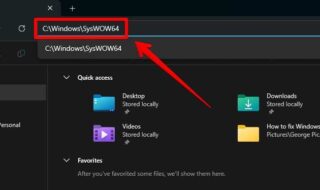When you create software, one of the most complicated stages is preparing documentation. It includes elements like notes for developers, comments on code, problem lists, as well as user guides, commercial prospects, materials for inviting crowdfunding or investors, and so on. This work is of great importance but little fun.

Software documentation tools are developed to minimize the hard routine work and automate the process as much as possible. As the task is very popular, there are various solutions for it. So, let’s see what a decent software documentation tool should be capable of. We are not here for namedropping; instead, we will focus on the requirements for a good documentation tool.
Contents
Waterfall or Agile?
This question is familiar to professional developers. For others, it means a choice between planning all your future work in cascade phases or making this up as you go. The Waterfall approach means many more documents, files, plans, and implies that you are pretty sure about both your means and results. The Agile method focuses on getting things, not phases, done.
When it comes to documentation, the Waterfall approach means templates, standards, requirements, and stuff that makes it formally easier to write if you don’t know where to start. Agile methods encourage free formats, focusing on messages and not caring much about forms. Logically, these approaches require various tools. So it should be your first concern when checking a certain documentation tool: Agile or Waterfall?
Work Where You Want
It’s not only about your location or atmosphere. In fact, any cloud-based solution allows you to choose the best environment and upload your work in real-time, remaining in touch with your team. It’s important that many software documentation tools are compatible with popular editing software, like Microsoft Office (and its analogs), Author-It, Adobe Framemaker or Acrobat, or online platforms like Google Docs. You make your content, write texts, add pictures and videos, organize it wherever you like. Then just export it.
Of course, it requires special tools for team collaboration online. Cloud-based tools are now a must for documentation development. They enable managers to assign tasks to users and watch them getting done without extra hassle.
Routine Operations Automated
There are many operations that help improve the content or publish it and require less attention when automated. Taking screenshots and uploading them to the host? Editing texts? Finding typos and dead links? Translating documentation to other languages? Uploading local docs? There are services for almost any routine work that only require human attention for reviewing and refining the results.
Publishing and Design
It’s not enough to write docs: they need to be accessible for others and look great. With special designer tools or prepared templates, you can shape them in your corporate style in minutes or just makстатьяe them readable and perceivable. In the cloud, you might want to keep multiple versions of documentation for related software versions.
It’s one of the most important parts of the process. In addition, you will probably need to update the documentation as your team updates the product. And here we come to…
Analyzing the Results
Well, you have made the documentation. But does it work the way you expected? Many documentation tools come with cloud-based analytic modules. They analyze user behavior on the pages and make conclusions about whether the docs are efficient.
That’s What Tools Are About
There is much more to software documentation, but these requirements are the basic ones. Well, most documentation tools now support all of it and more. The question is: do you feel at ease with the tool? If yes, this is yours. The more comfortable you feel, the more efficiently you act.
If you have something to add, write your comments below. We’ll gladly read your notes and stories from your experience. Or share it on social media for your friends if they are also into software and documentation development.



